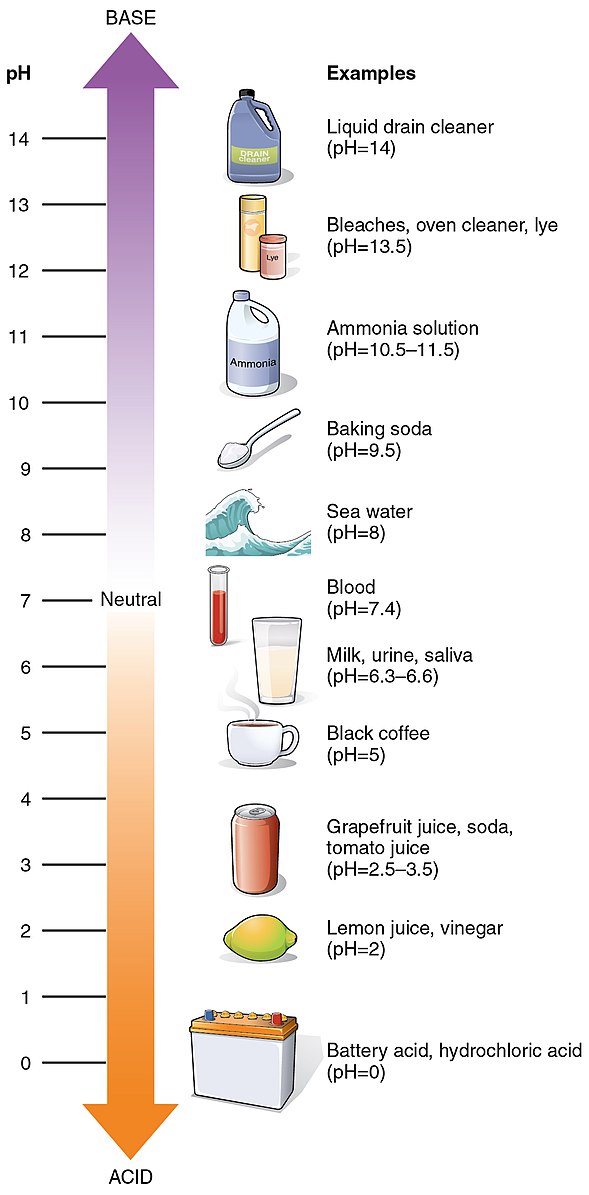The pH value of natural water is a crucial factor in determining its quality and suitability for various purposes. This comprehensive guide will delve into the intricacies of the pH of natural water, exploring its significance, the factors that influence it, and the strategies for maintaining optimal levels.
Understanding the pH Scale and Its Relevance to Natural Water
The pH scale ranges from 0 to 14, with 7 being the neutral point. Values below 7 indicate acidity, while values above 7 indicate alkalinity. In the context of natural water, the pH can vary significantly depending on various environmental factors.
Seawater and Rainwater pH Levels
Seawater typically has a pH around 8.2, though it can range between 7.5 and 8.5 depending on local salinity levels. Rainwater, on the other hand, has a pH near 5.6 due to its interaction with carbon dioxide and other atmospheric influences.
Ideal pH Range for Drinking Water
For drinking water, a pH of around 7 is considered the ideal range. This neutral pH ensures that the water is not too acidic or too alkaline, which could potentially cause health issues or damage to pipes and appliances.
Factors Influencing the pH of Natural Water
 Image source: OpenStax College
Image source: OpenStax College
The pH of natural water can be affected by a variety of factors, both natural and human-induced. Understanding these factors is crucial for maintaining the water’s quality and ensuring its safe use.
Natural Factors
- Geological composition of the surrounding area
- Presence of dissolved minerals and gases
- Biological processes, such as photosynthesis and respiration
Human-Induced Factors
- Acid runoff from mining or industrial activities
- Wastewater discharge
- Agricultural practices, such as the use of fertilizers and pesticides
Monitoring and Maintaining Optimal pH Levels
Ensuring the pH of natural water remains within the safe range is essential for its usability and safety. Here are some strategies for monitoring and maintaining optimal pH levels:
Water Treatment Processes
- Optimizing water treatment processes to minimize the use of chemicals that could affect the pH
- Implementing natural filtration methods, such as the use of limestone or other alkaline materials
Natural Water Source Management
- Monitoring and addressing factors that could lead to acid runoff or other pH-altering influences
- Implementing best practices in land use and resource management to prevent pH-affecting activities
Home Remedies and DIY Solutions
- Adding baking soda to acidic water to raise the pH
- Adding lemon juice or vinegar to alkaline water to lower the pH
It’s important to note that these home remedies should only be used as temporary solutions, and professional assistance should be sought if the water’s pH value remains outside the safe range for an extended period.
Conclusion
The pH of natural water is a critical factor that determines its quality and suitability for various purposes. By understanding the pH scale, the factors that influence it, and the strategies for maintaining optimal levels, we can ensure the safety and usability of our natural water resources. Continuous monitoring, water treatment optimization, and responsible resource management are key to preserving the pH balance of natural water.
References:
- Medical News Today. (2019). The pH of water: What to know. Retrieved from https://www.medicalnewstoday.com/articles/327185
- Fondriest Environmental Measurements. (n.d.). pH of Water. Retrieved from https://www.fondriest.com/environmental-measurements/parameters/water-quality/ph/
- Healthline. (2018). pH of Drinking Water: Acceptable Levels and More. Retrieved from https://www.healthline.com/health/ph-of-drinking-water
- U.S. Geological Survey. (2019). pH and Water. Retrieved from https://www.usgs.gov/special-topics/water-science-school/science/ph-and-water
